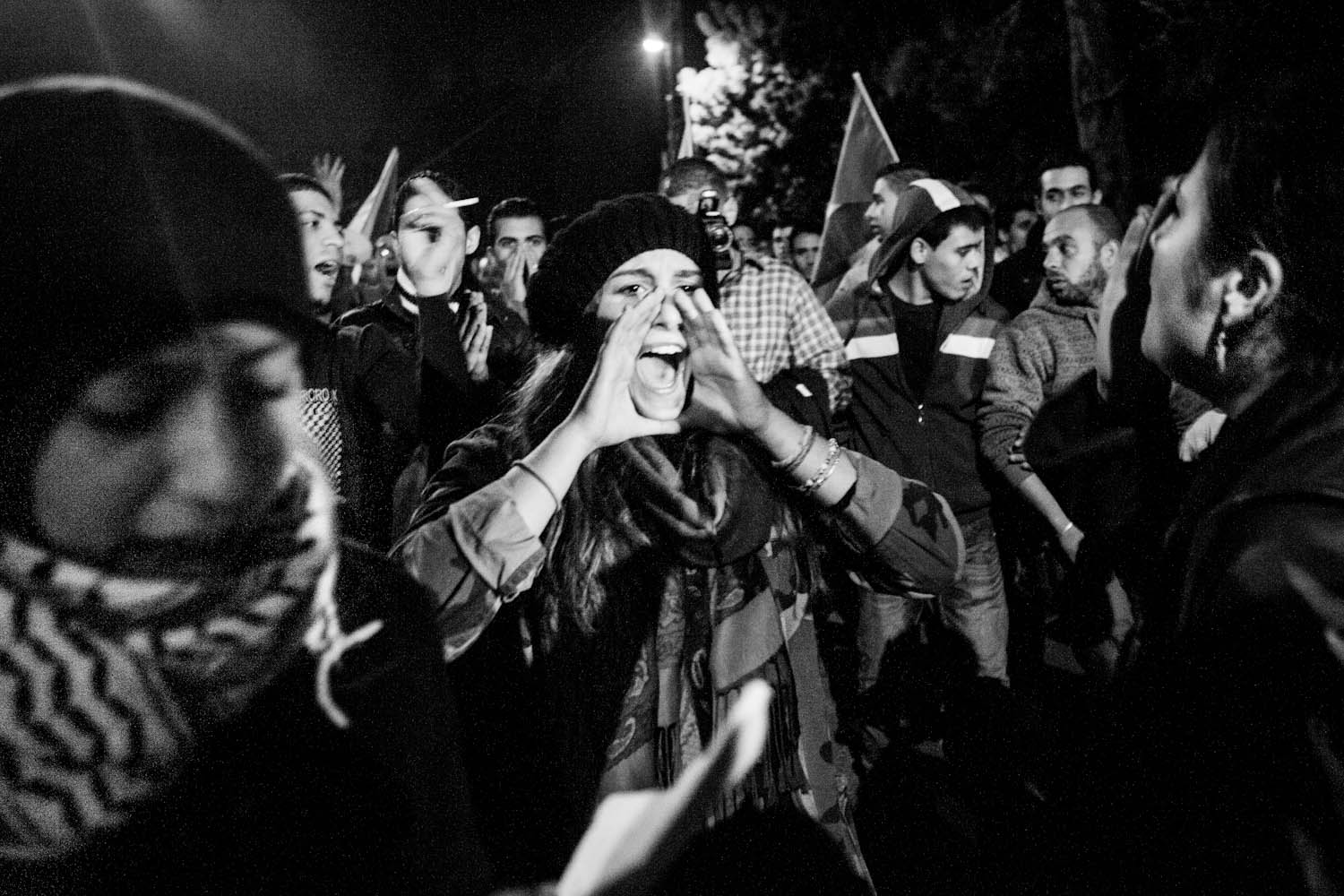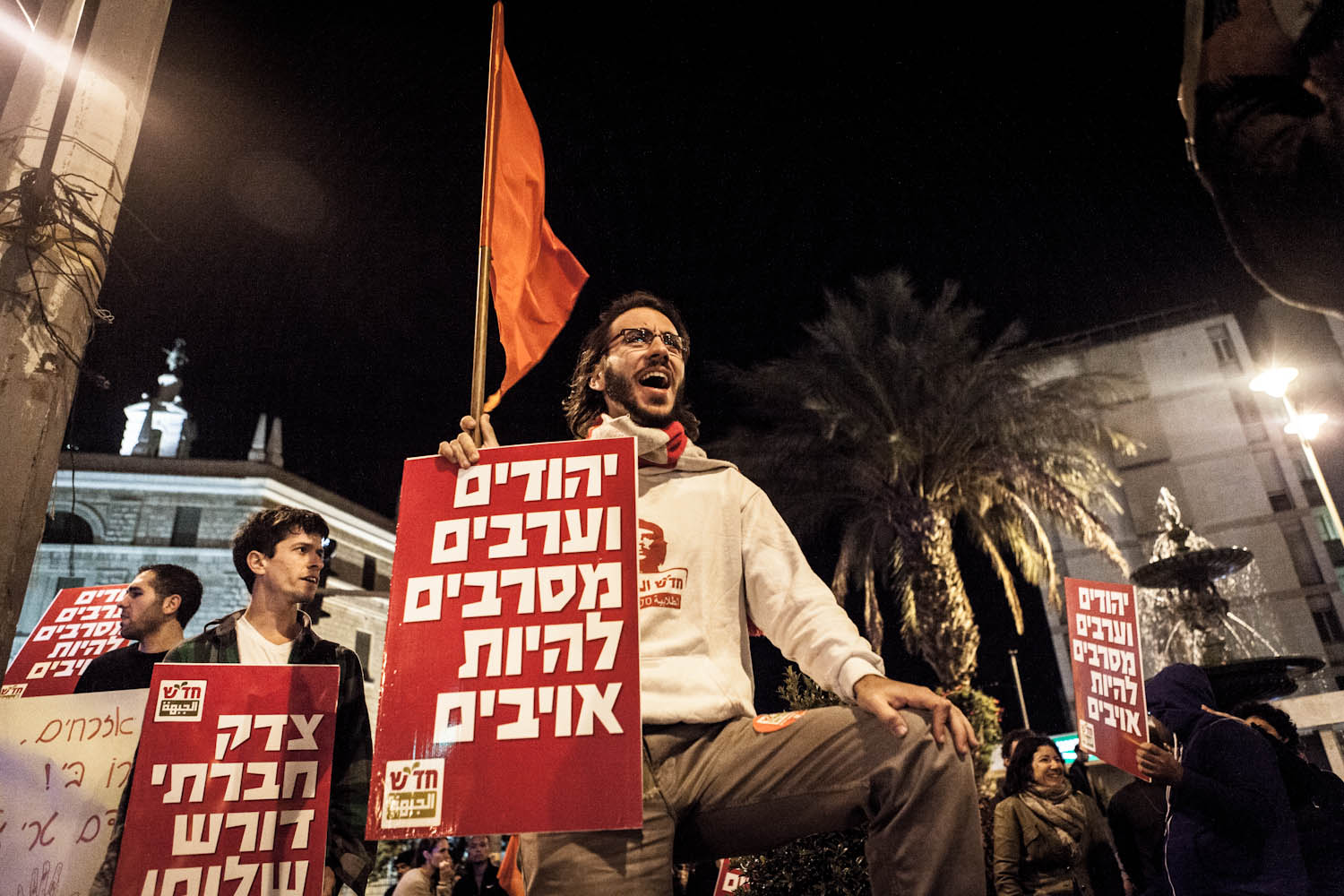Monday, November 19, 2012 | PSCC
Rushdi Tamimi (31) was injured by a live ammunition bullet shot at his back, two days ago in Nabi Saleh. He passed away today in Ramallah Hospital
On Saturday, November 17th, clashes erupted in the village of Nabi Saleh north west of Ramallah, after Israeli soldiers entered the village following a protest residents held a demonstration in against the assault on Gaza. During the clashes soldiers used extensive live ammunition bullets, rubber coated steel bullets, and tear gas.
According to eyewitnesses, Rushdi Tamimi (31) was shot first with a rubber coated steel bullet that hit him in the back, he fell on the ground. Afterward soldiers shot him again, this time with a live ammunition bullet which entered through his hip and into his gut. When soldiers came closer to Rushdi, they gave him a blow to the head with the butt of one of their rifles, even though he told them he was injured, and then shot him with another rubber coated steel bullet in the stomach. Soldiers then attempted to drag him through the rocky terrain instead of providing him with medical treatment. They continued to shoot live ammunition towards residents and prevented them, including Rushdi’s sister, from approaching him and bringing him to an ambulance meanwhile while saying, “I don’t care” and “it’s not my problem.” Watch the video here:
Rushdi was finally transferred to Ramallah Hospital where he underwent surgery. He suffered from ruptured intestines and two arteries. Today, Monday, he passed away in the hospital.
Rushdi Tamimi is the first martyr of the West Bank demonstrations which have erupted as a protest again the war on Gaza. He is also the second martyr from the village of Nabi Saleh in the past three years since the village began holding weekly Friday popular struggle demonstrations.
His funeral will begin tomorrow, Tuesday, at the Ramallah Hospital and will be brought to burial in Nabi Saleh at 2pm.
Over the past few days the Israeli army has used live ammunition in multiple locations against Palestinian unarmed demonstrations against the war on Gaza. In addition to Rushdi Tamimi, at least five more people have been injured from live ammunition today, two during clashes in Attara, one in Takua near Bethlehem, and two in Hebron.
Background:
Late in 2009, settlers began gradually taking over Ein al-Qaws (the Bow Spring), which rests on lands belonging to Bashir Tamimi, the head of the Nabi Saleh village council. The settlers, abetted by the army, erected a shed over the spring, renamed it Maayan Meir, after a late settler, and began driving away Palestinians who came to use the spring by force – at times throwing stones or even pointing guns at them, threatening to shoot.
While residents of Nabi Saleh have already endured decades of continuous land grab and expulsion to allow for the ever continuing expansion of the Halamish settlement, the takeover of the spring served as the last straw that lead to the beginning of the village’s grassroots protest campaign of weekly demonstrations in demand for the return of their lands.
Protest in the tiny village enjoys the regular support of Palestinians from surrounding areas, as well as that of Israeli and international activists. Demonstrations in Nabi Saleh are also unique in the level of women participation in them, and the role they hold in all their aspects, including organizing. Such participation, which often also includes the participation of children reflects the village’s commitment to a truly popular grassroots mobilization, encompassing all segments of the community.
The response of the Israeli military to the protests has been especially brutal and includes regularly laying complete siege on village every Friday, accompanied by the declaration of the entire village, including the built up area, as a closed military zone. Prior and during the demonstrations themselves, the army often completely occupies the village, in effect enforcing an undeclared curfew. Military nighttime raids and arrest operations are also a common tactic in the army’s strategy of intimidation, often targeting minors.
In order to prevent the villagers and their supporters from exercising their fundamental right to demonstrate and march to their lands, soldiers regularly use disproportional force against the unarmed protesters. The means utilized by the army to hinder demonstrations include, but are not limited to, the use of tear-gas projectiles, banned high-velocity tear-gas projectiles, rubber-coated bullets and, at times, even live ammunition. The use of banned 0.22″ munitions by snipers has also been recorded in Nabi Saleh.
The use of such practices have already brought about the death of Mustafa Tamimi and caused countless injuries, several of them serious, including those of children – the most serious of which is that of 14 year-old Ehab Barghouthi, who was shot in the head with a rubber-coated bullet from short range on March 5th, 2010 and laid comatose in the hospital for three weeks. Due to the wide-spread nature of the disproportionate use of force, the phenomenon cannot be attributed to the behavior of individual soldiers, and should be viewed as the execution of policy.
Tear-gas, as well as a foul liquid called “The Skunk”, which is shot from a water cannon, is often used inside the built up area of the village, or even directly pointed into houses, in a way that allows no refuge for the uninvolved residents of the village, including children and the elderly. The interior of at least one house caught fire and was severely damaged after soldiers shot a tear-gas projectile through its windows.
Since December 2009, when protest in the village was sparked, hundreds of demonstration-related injuries caused by disproportionate military violence have been recorded in Nabi Saleh.
Between January 2010 and June 2012, the Israeli Army has carried 98 arrests of people detained for 24 hours or more on suspicions related to protest in the village of Nabi Saleh, including those of women and of children as young as 11 years old. Of the 98, 31 were minors. Dozens more were detained for shorter periods. Two of the village’s protest leaders – Bassem and Naji Tamimi – arrested on protest-organizing related charges, were recognized by the European Union as human rights defenders. Bassem Tamimi was also declared a prisoner of conscience by Amnesty International. Catherine Ashton, the EU’s foreign policy chief, recently denounced his conviction by an Israeli military court and Human Rights Watch warned that he did not receive a fair trial.

![Demonstrations in solidarity with Gaza: all over the West Bank, all over the world [Constantly Updated]](https://palsolidarity.org/wp-content/uploads/2012/11/MG_1567.jpg)









